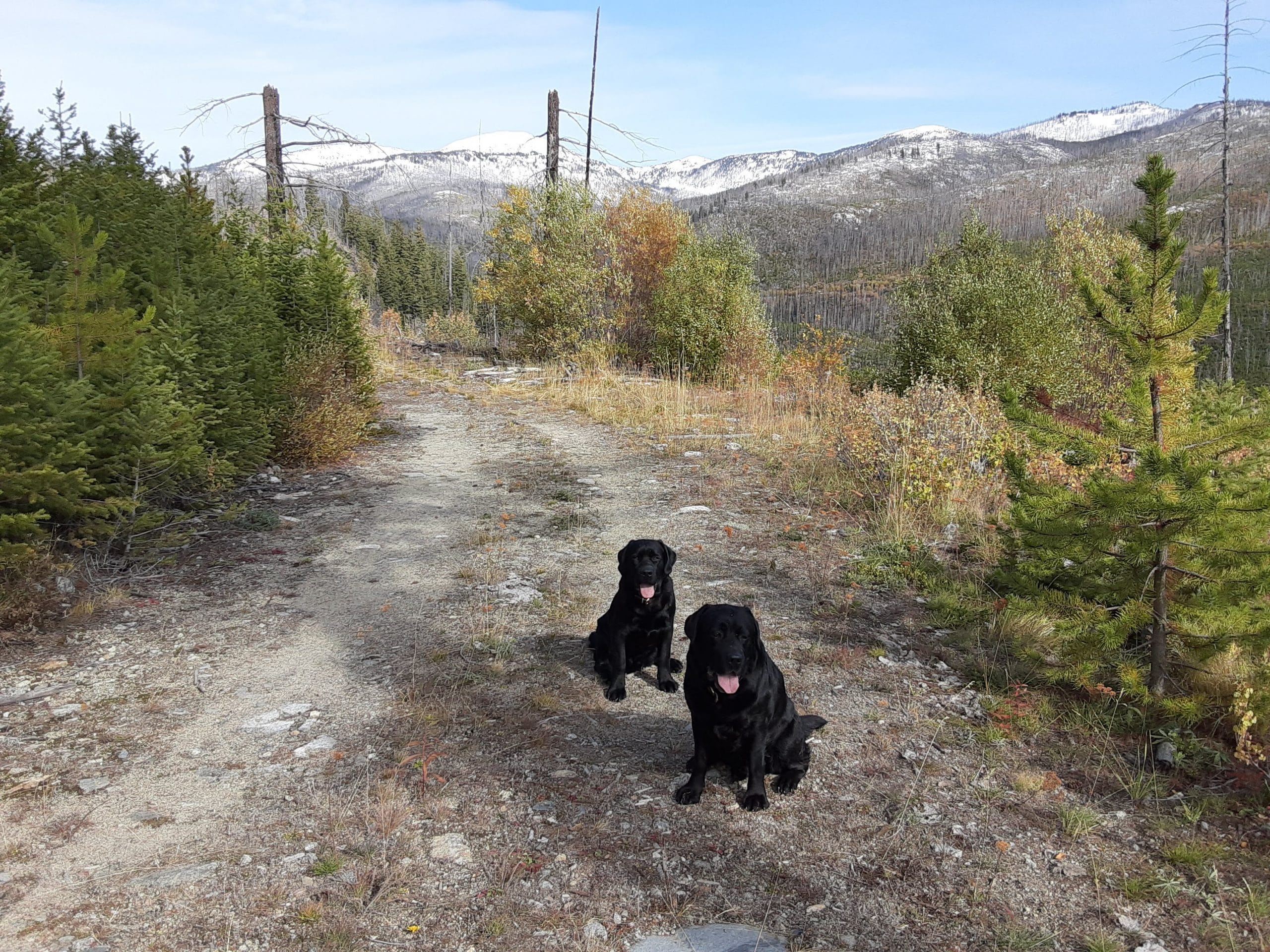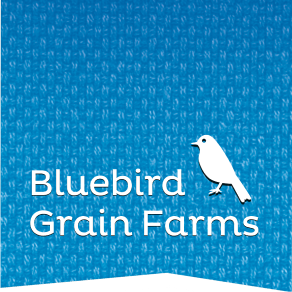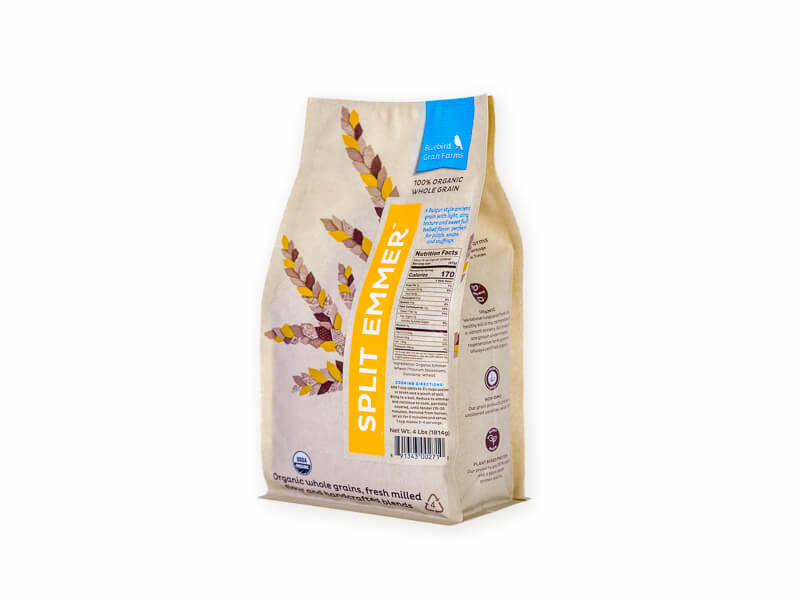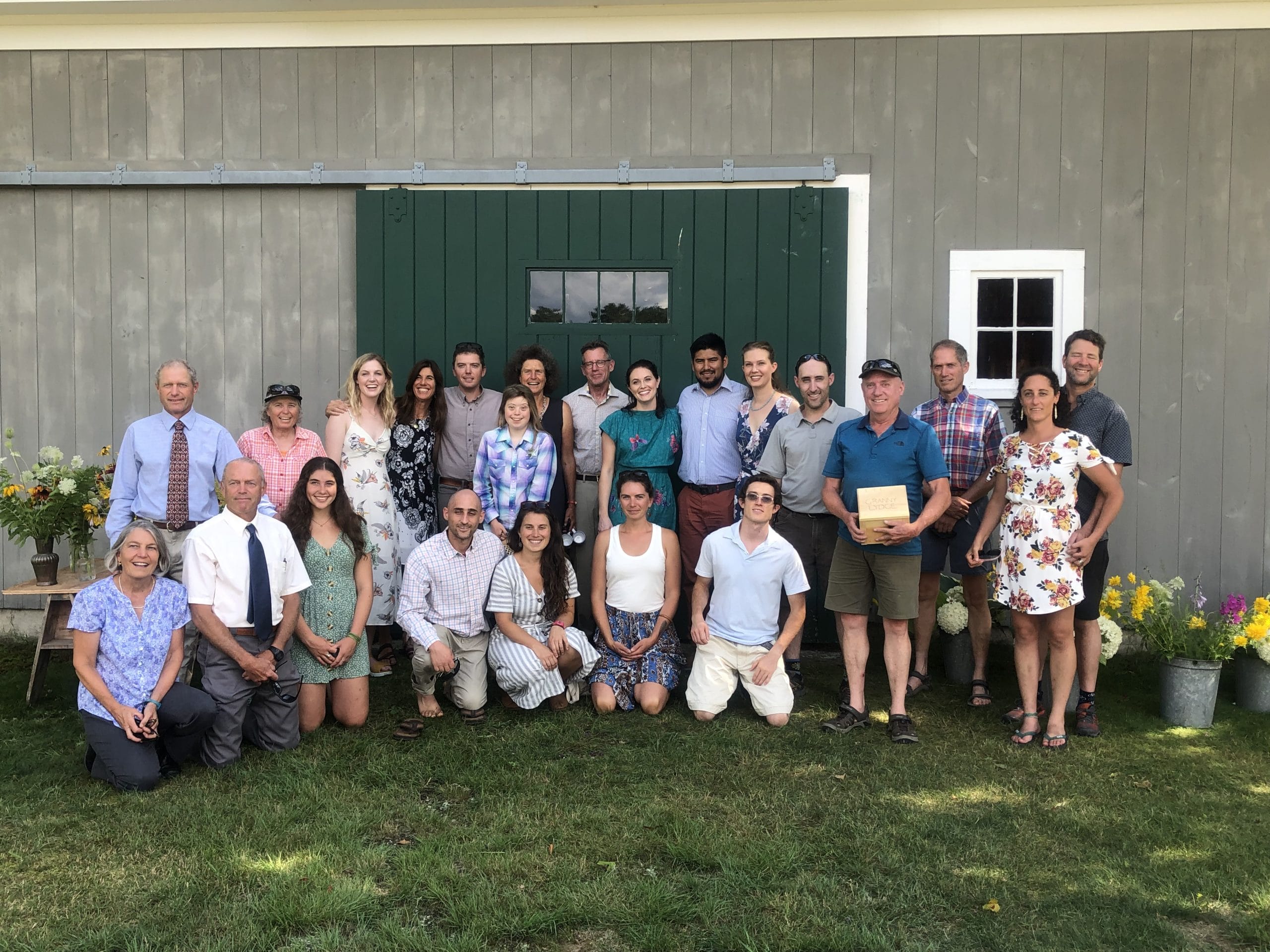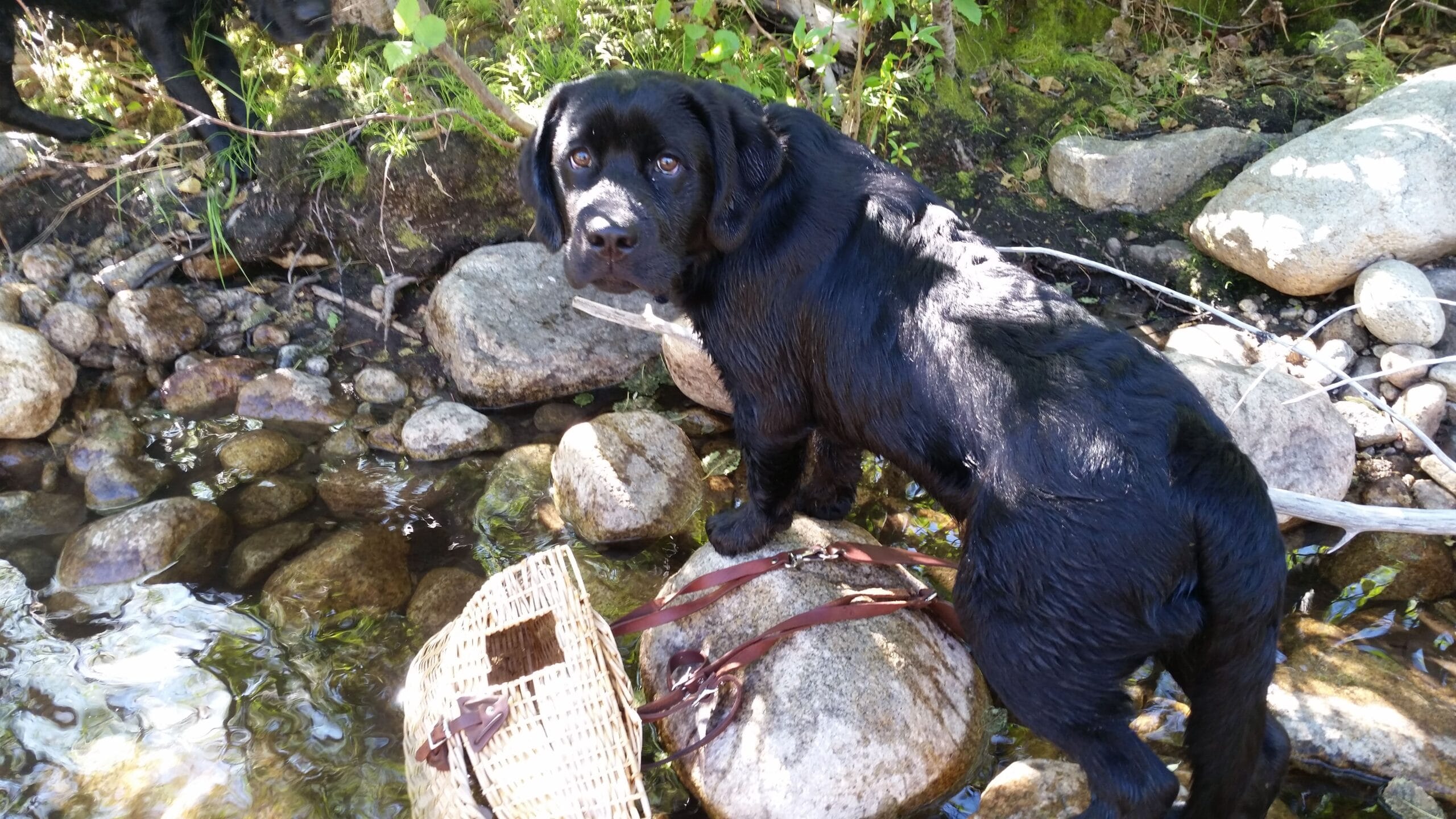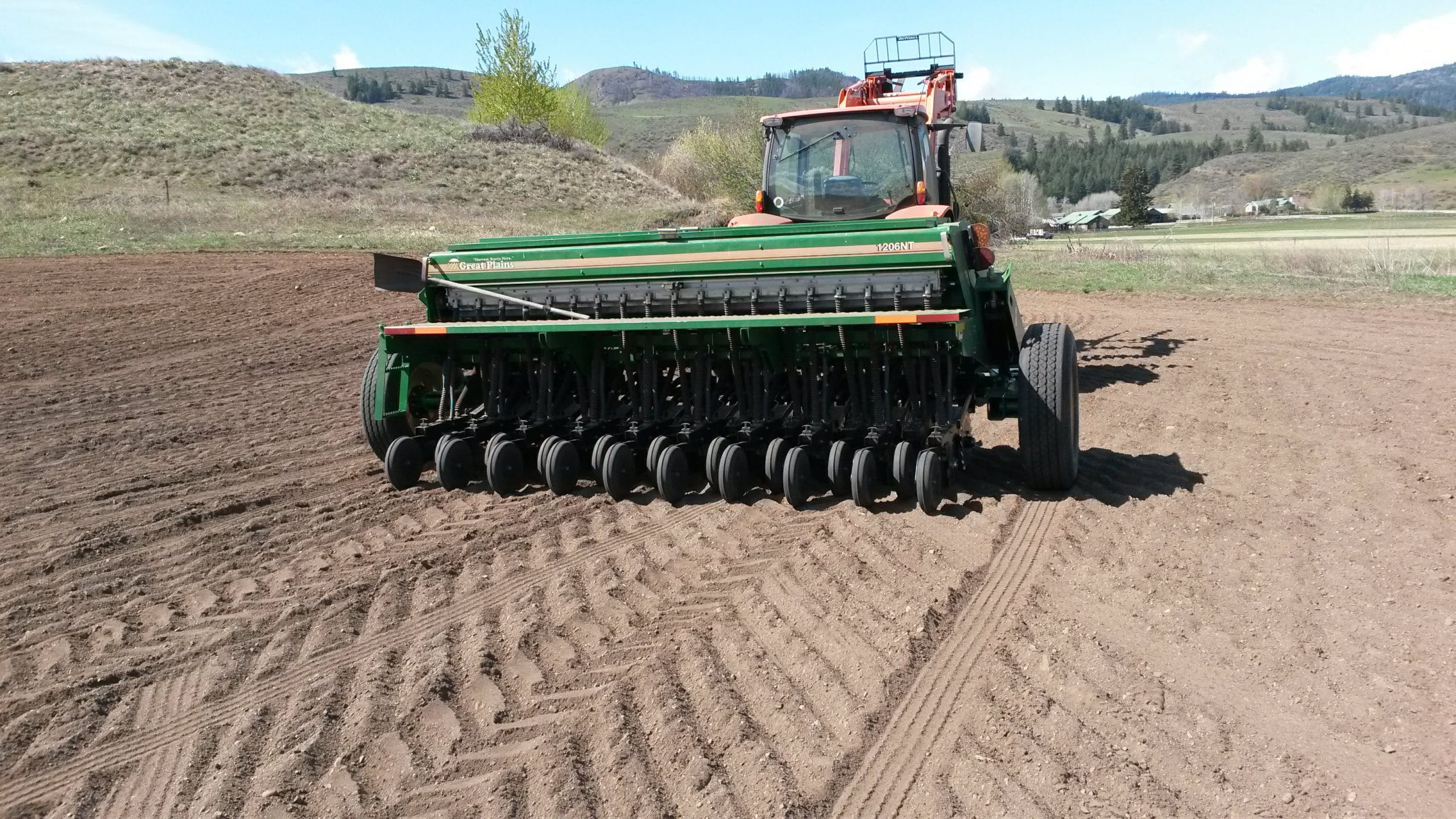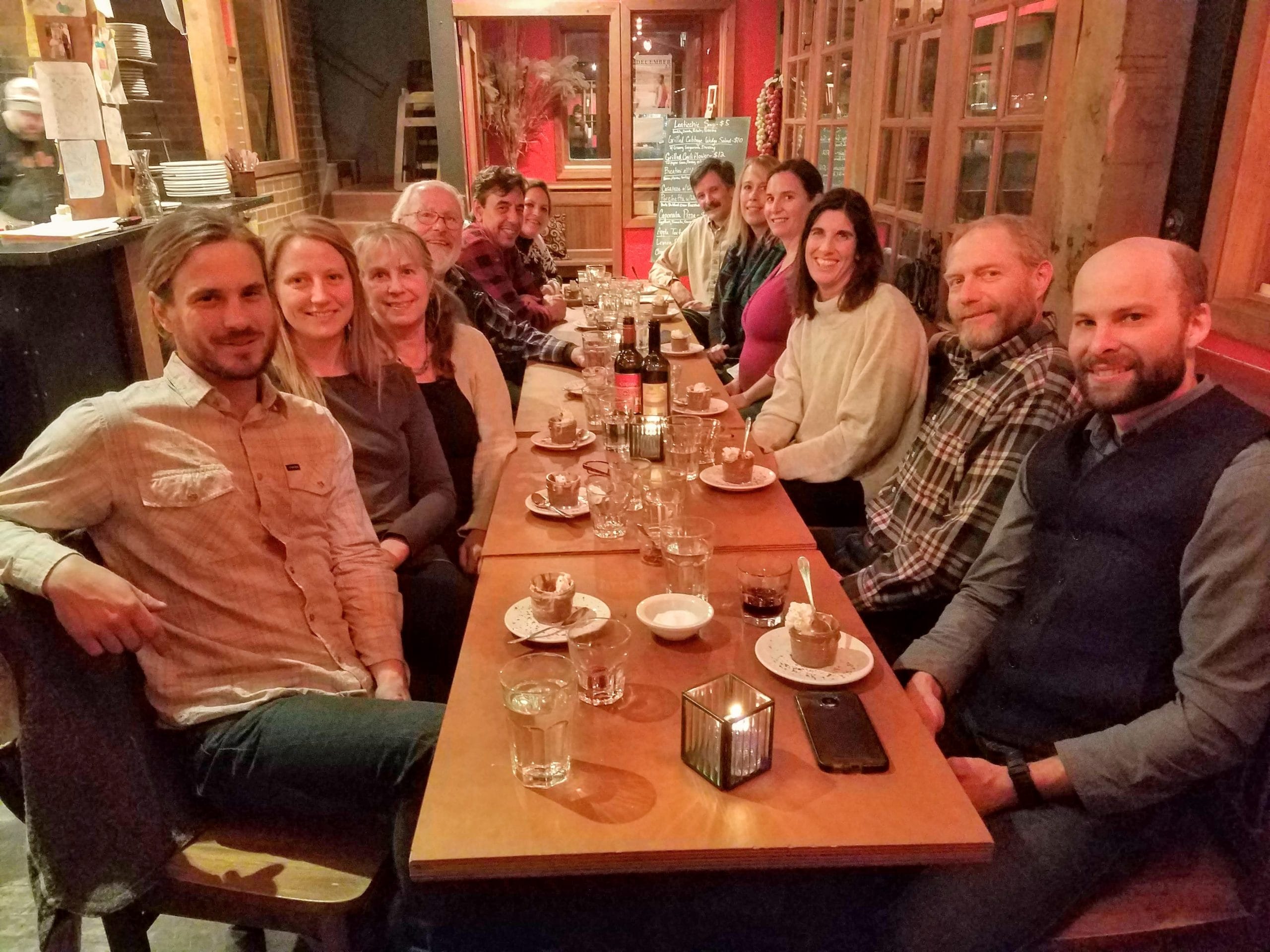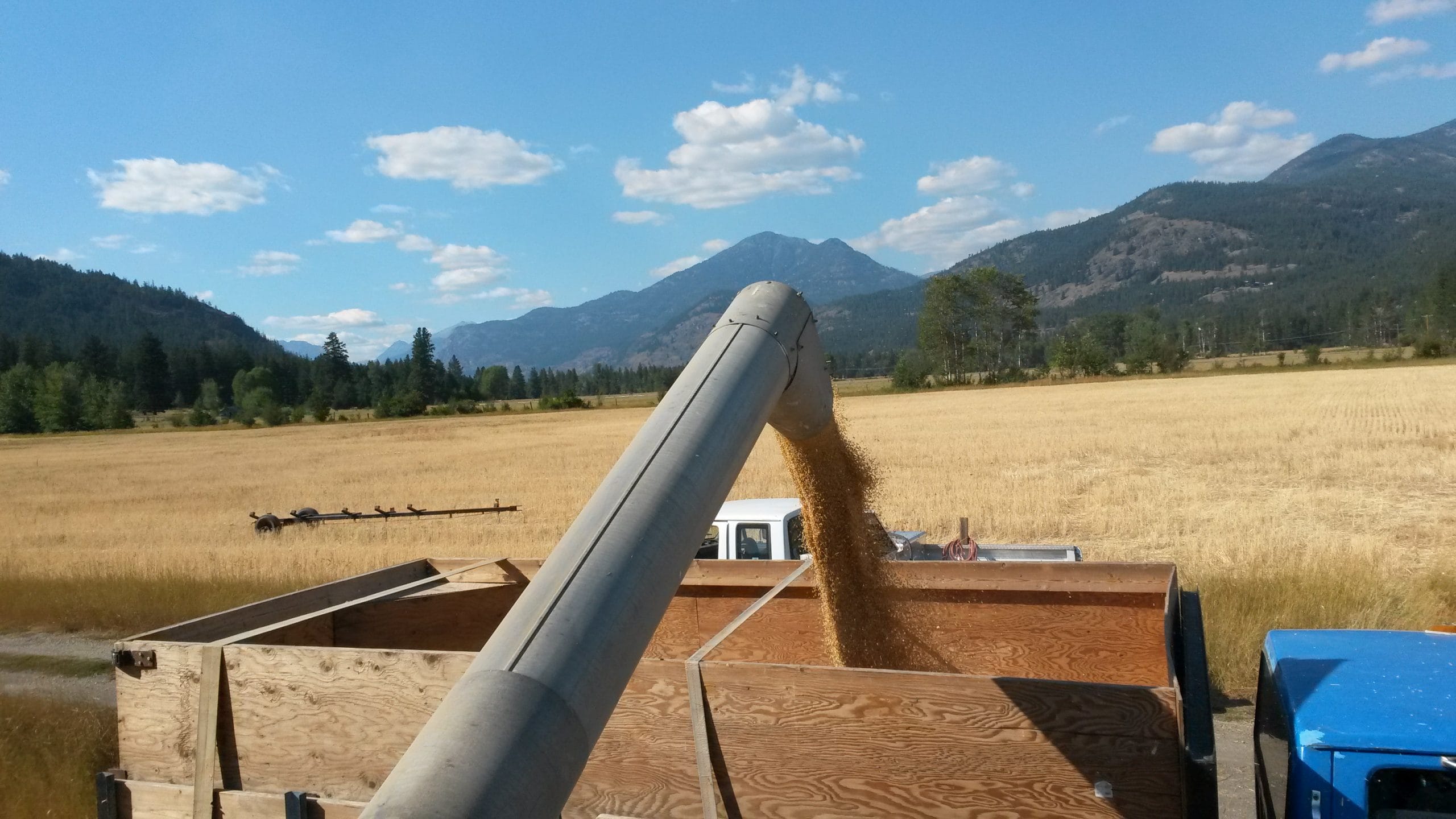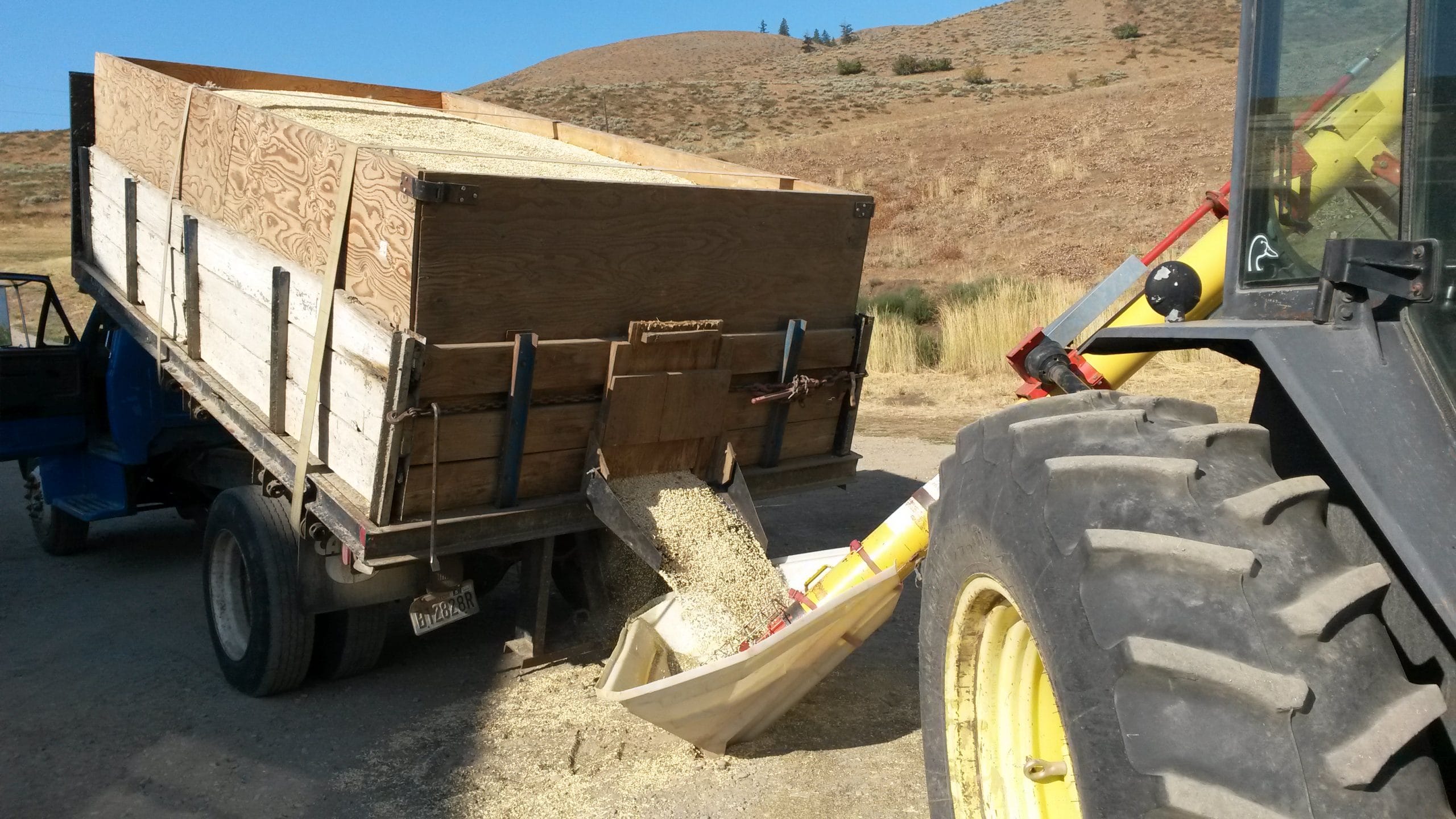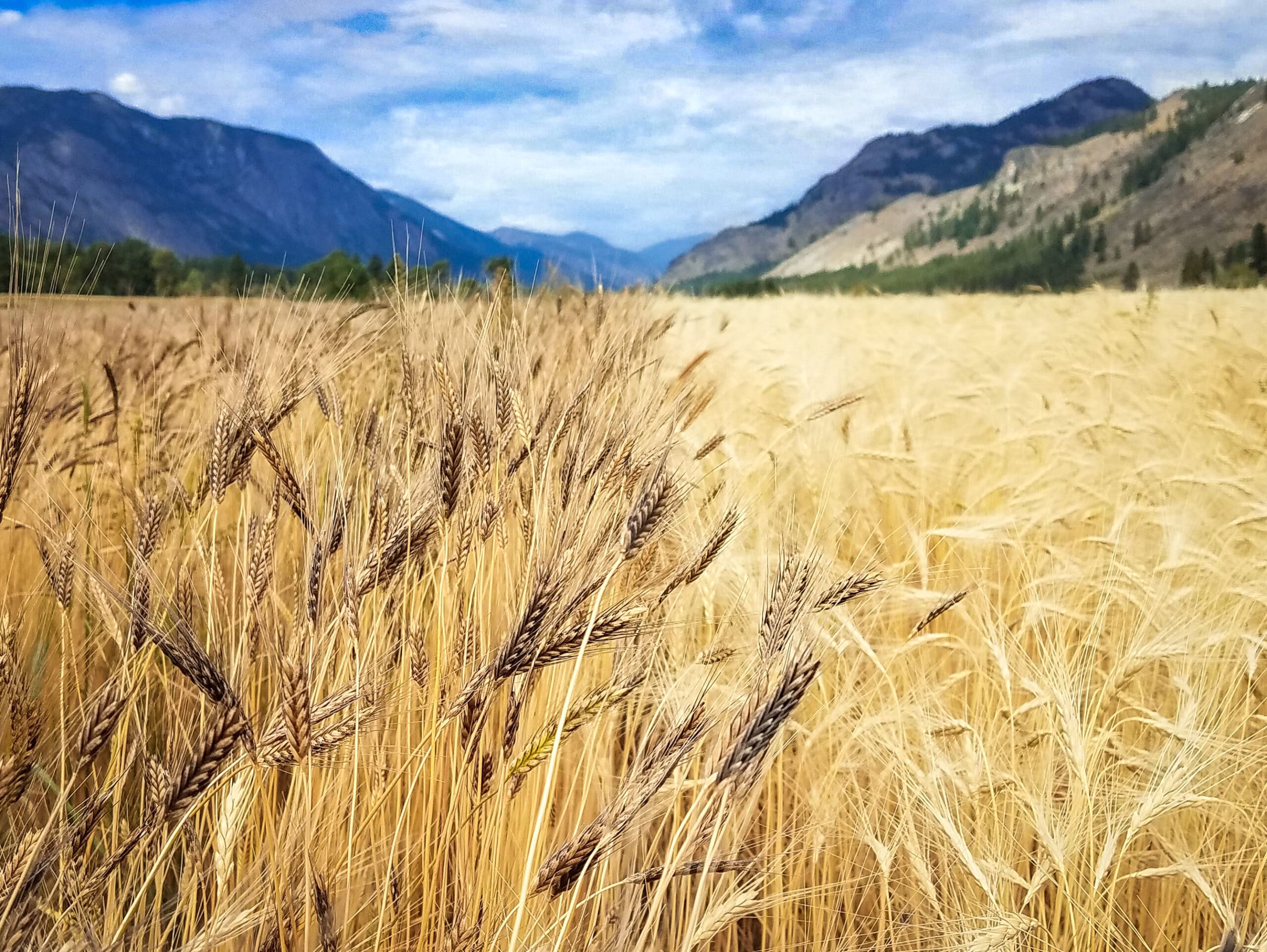A more succinct November eve I can not imagine as I write these notes. The barren land and empty trees; the sharp light and golden grass; the deep and tangy smell of rotted earth all sanctify one of my favorite of months. You’ve all heard it here before, yet just returning from a walk below our Big Valley lease with the Labs I can not help myself. All this, still and quiet and real, even after the coolest, wettest late September and October here, that I can recall.
Truth to tell, the fields have been very quiet – not just here but West-wide. We feel fortunate to have harvested – barely- what was left of our crops toward the end of September. A small window enabled this before closing in. Elsewhere in the State, and from here to the Great Plains miles and miles and miles of crops will be left to mold. So the story will be told, and who knows who will be farming next season, and who may not be? This is the precarious edge farmers walk: top-heavy with overhead operating costs, while often paid out at the bottom. It may be called a “Natural Disaster” by some; others can’t help but think man has played a role. Trying to farm too much? Farming in ways that deplete the countryside? Changing the air quality, temperature, soil structure? All a much more involved topic than I’ll engage in here, yet all very real.
Back to our little scene here in the Methow, yes we’ve had a rough go the past couple months. Alas, we still feel better off than many and so we are grateful and humble. The last of the summer birds are gone with nighttime temps in the teens. Around the Full Hunter’s Moon of October as I strolled up the drive I heard flight after flight of geese cruising in the blue light. Chickadees rustle in the creek bottom each morning; hawks and eagles roam the daytime skies while owls own the dark. On today’s late afternoon walk to the river, there in the path sat a pair of handsome ruffed grouse more than likely gorged on fermented wild rosehips. Both dogs looked at me wondering why we’d not brought along a gun. Fair enough. I was happy just to see them and recognize their stately beauty.
The past 6 weeks in the granary couldn’t have been much busier. Lots and lots of pallets out the door. Lots and lots of fresh flours and grains to local stores and packed in the mail. Early fall and winter makes for good eating! And so we are grateful for all your support.
This year’s crops hit high quality once again. Once more, the two ancient wheats, the emmer, and einkorn held up through it all. We should have supply enough for the coming cycle. Unfortunately, I was unable to do any fall seeding as the window closes down fast after early September, and this year, that is when all the weather hit. This will change our rotation come spring and I’ll be re-adjusting our plan over the winter. I’d hoped to do some fall tillage, but now I’m afraid the ground is frozen. However, November could be mild enough?
As fires rage again in California, and snowstorms repeatedly hit the Prairie one can almost feel guilty here in the foothills where we look forward to the resting land, so hushed, it is almost audible.
I send my warm wishes to all as you gather around for the kick-off of the holidays. I hope you all can find light and hopefully more than a thing or two to be grateful for. Get the oven warm and feast on the bounty that – despite her orneriness at times – Mother Nature always somehow provides.
Yours, Farmer Sam
